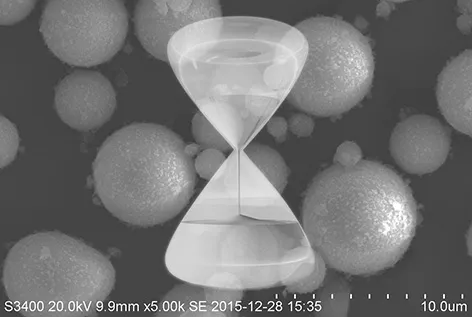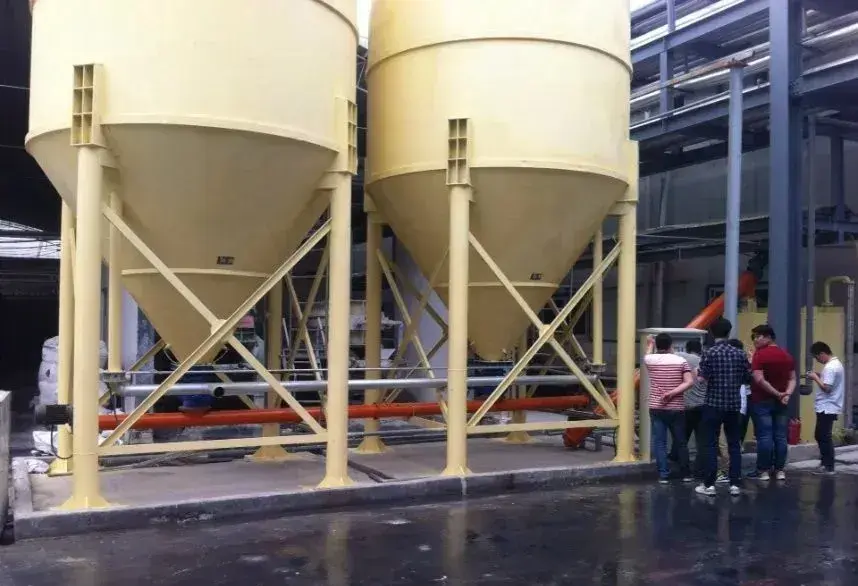超微粉砕 equipment plays a crucial role in modern material processing, especially in industries that require powder materials with exceptional fineness, purity, and performance stability. As industries such as electronics, new energy, pharmaceuticals, and advanced chemicals continue to evolve, demand for ultrafine powders—often below 10 microns and even reaching submicron levels—has surged. Understanding how ultrafine grinding machines work, and where they are used, helps manufacturers select the right system and optimize production.

How Ultrafine 研削装置 Works?
Although designs vary between technologies such as jet mills, mechanical impact mills, and stirred media mills, most ultrafine grinders share several universal working principles. Below are the core mechanisms that determine grinding performance:
High-Energy Impact
Ultrafine grinding relies on high-speed collisions between particles and grinding media—or between particles themselves—to break down material.
- ジェットミル use high-velocity compressed air or steam jets to accelerate particles, causing them to collide at supersonic speeds.
- Mechanical mills use rotating rotors, hammers, or pins to deliver repeated high-energy impacts.
This mechanism is essential for achieving micron and submicron particle sizes.
Shear and Friction Forces
Many ultrafine mills incorporate shear forces to further refine particles.
- In stirred media mills, ceramic beads create intense shear zones that grind material into extremely small and uniform particles.
- In impact mills, close-clearance rotors generate friction that enhances fine grinding.
Shear forces help break down agglomerates and improve particle shape and uniformity.
Classification for Precise Particle Size Control

A critical part of ultrafine grinding is dynamic air classification.
Internal or external air classifiers continuously separate fine particles from coarse ones during grinding.
Fines exit the mill as product.
Coarse particles are recirculated until they reach the desired cut size.
This closed-loop classification ensures narrow particle size distribution (PSD), which is essential for high-performance applications.
No-Metal Contact or Low Contamination Design
Many ultrafine grinders use ceramic liners, ceramic grinding media, or air/gas-based grinding to avoid contamination.
This is particularly important in:
エレクトロニクス
Semiconductors
医薬品
High-purity chemicals
Maintaining low Fe and other metal impurities is crucial for product quality.
Temperature-Controlled Grinding
Ultrafine grinding generates heat due to friction and impact. Certain materials are sensitive to temperature or risk phase transformation.
Modern systems incorporate:
- Cold air or inert gas grinding
- Cooling jackets
- Real-time temperature control
This ensures product stability and prevents thermal degradation.
Core Application Areas of Ultrafine Grinding Equipment
新エネルギー材料
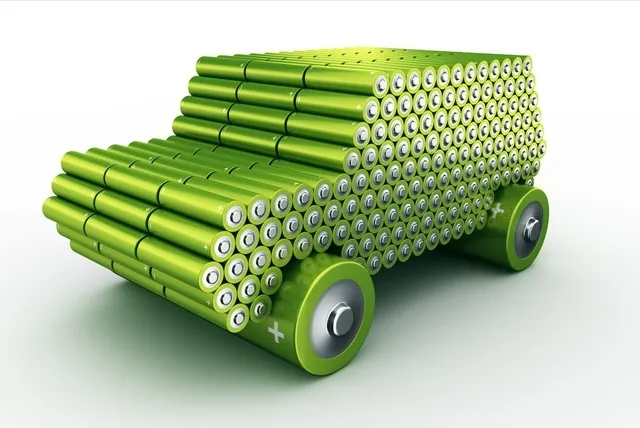
Used heavily in:
- Lithium battery cathode and anode materials
- シリコンベースのアノード
- Ceramic separators
- Conductive agents like carbon black
These applications require powders with extremely fine and uniform particle sizes for better conductivity, capacity, and stability.
Electronics and Semiconductors
Ultrafine powders ensure high precision and purity in:
- CMP slurry silica
- High-purity quartz
- Electronic-grade alumina
- Insulating ceramics
Contamination-free grinding is vital in these sectors.
Chemicals and Functional Fillers
Ultrafine milling improves the performance of:
- 炭酸カルシウム
- Aluminum hydroxide
- Magnesium hydroxide
- Talc and kaolin
- Flame retardants and fillers
Fine powders enhance dispersion, whiteness, and mechanical properties in plastics, coatings, and rubber.
Pharmaceuticals and FooD
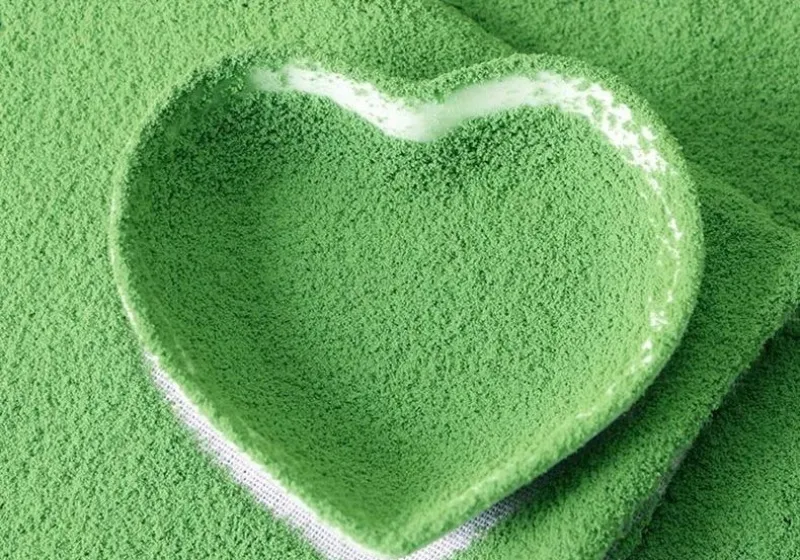
Ultrafine grinding improves:
- Bioavailability of drugs
- Solubility
- Controlled release properties
- Food additives and nutraceuticals
Systems are designed to meet strict hygiene and GMP standards
Minerals and Advanced Ceramics
Essential for producing:
- Zirconia
- Alumina
- 炭化ケイ素
- Boron nitride
- Technical ceramics
These materials rely on ultrafine powders for better sintering performance and final mechanical strength.
結論
Ultrafine grinding equipment plays an indispensable role in industries requiring precision particle engineering. By combining high-energy impact, shear forces, advanced air classification, contamination control, and thermal management, these systems produce powders with exceptional fineness and purity. From semiconductors to batteries, from pharmaceuticals to advanced ceramics, ultrafine grinders enable the high-performance materials that modern technology depends on.
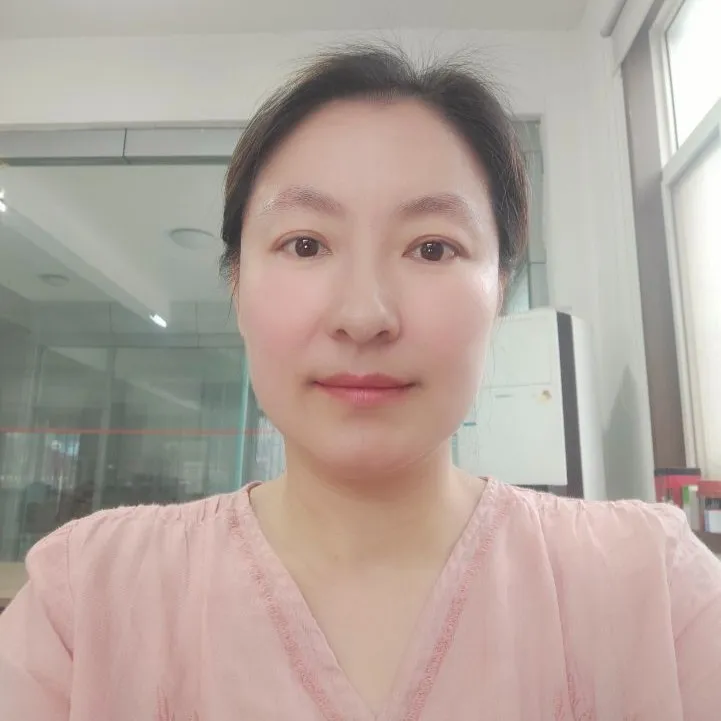
読んでいただきありがとうございます。この記事がお役に立てれば幸いです。ぜひ下のコメント欄にご意見をお寄せください。また、ご質問等ございましたら、Zeldaのオンラインカスタマーサポートまでお問い合わせください。
— 投稿者 エミリー・チェン
